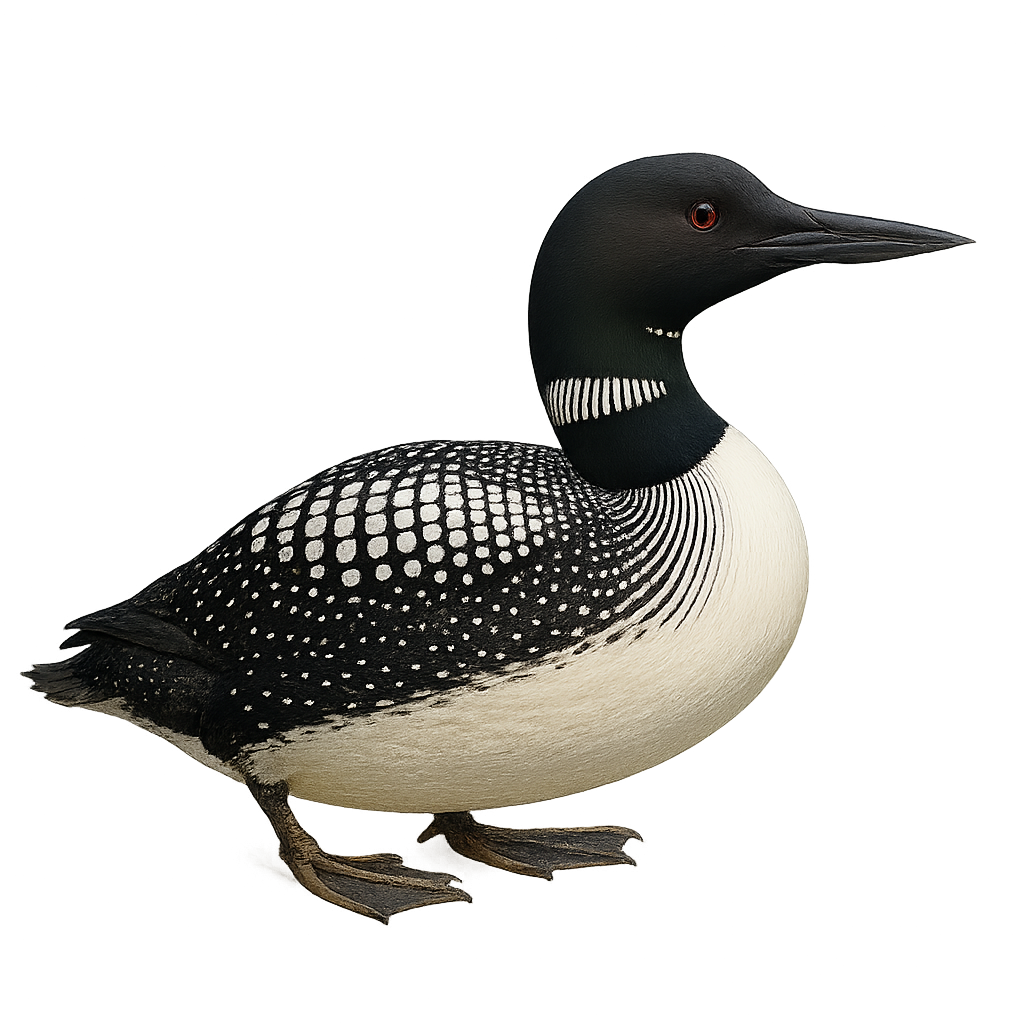Your wildlife photography guide.
Explore the common loon in detail, study its behavior, prepare your shots.
Where to observe and photograph the common loon in the wild
Learn where and when to spot the common loon in the wild, how to identify the species based on distinctive features, and what natural environments it inhabits. The WildlifePhotographer app offers tailored photography tips that reflect the common loon’s behavior, helping you capture better wildlife images. Explore the full species profile for key information including description, habitat, active periods, and approach techniques.
Common loon
Scientific name: Gavia immer

IUCN Status: Least Concern
Family: GAVIIDAE
Group: Birds
Sensitivity to human approach: Suspicious
Minimum approach distance: 30 m
Courtship display: May to June
Incubation: 26-30 jours
Hatchings: June to July
Habitat:
Lakes, ponds, and coastal areas of the northern and temperate regions, particularly in North America and Europe
Activity period :
Primarily active during the day, with peak activity in the morning and late afternoon.
Identification and description:
The Common Loon is a seabird primarily found in the cold waters of the North Atlantic, particularly in North America and Northern Europe. It measures about 60 to 70 cm in length, with a wingspan of 100 to 120 cm, and weighs between 1.5 and 2.5 kg. Its plumage is mainly black and white, with a dark back, white breast, and black head, giving it a distinctive appearance. The Common Loon is an exceptional diver, primarily feeding on fish and crustaceans, which it catches by diving deeply underwater. It is also known for its long migrations, moving to warmer areas during the winter. Although its population remains relatively stable, this species can be threatened by pollution, human disturbances, and habitat loss.
Recommended lens:
300 mm – adjust based on distance, desired framing (portrait or habitat), and approach conditions.
Photography tips:
To photograph the Black-throated Diver, a telephoto lens is essential for capturing its behaviors in the water or when it dives. Try to photograph them early in the morning or at dusk, when the light is soft and ideal for sharp photos. Be discreet and respect the safety distance to avoid disturbing their natural behavior, especially during the breeding season.
The WildlifePhotographer App is coming soon!
Be the first to explore the best nature spots, track rutting seasons, log your observations, and observe more wildlife.
Already 1 439 wildlife lovers subscribed worldwide

